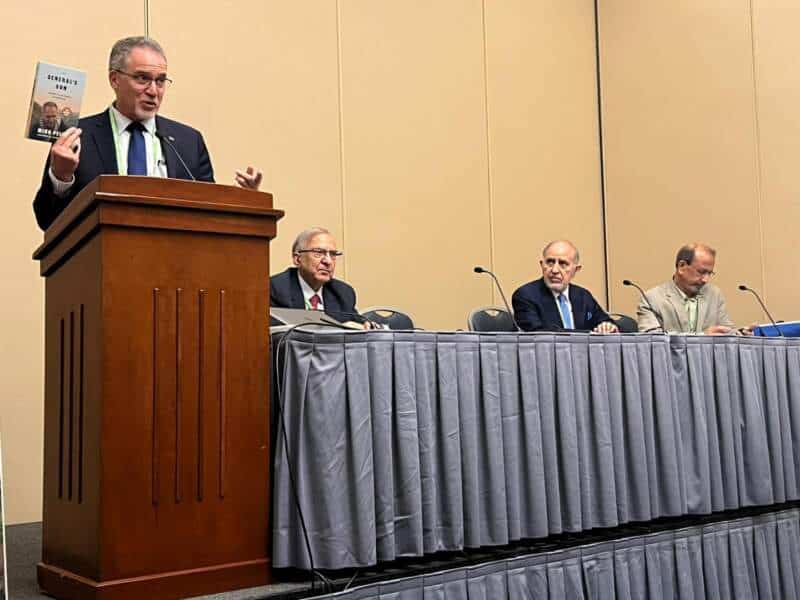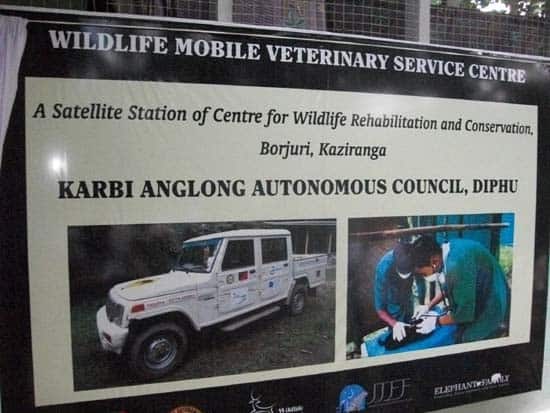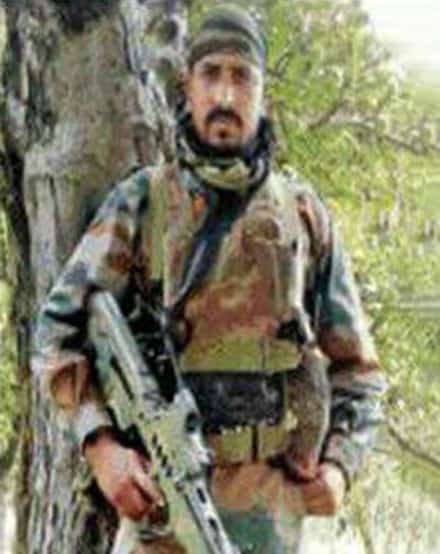Kashmir Developments
In a recent series of events, Kashmir developments once again gravitated towards center stage in the international spotlight. The region, known for its picturesque landscapes and also for being a hotspot of geopolitical tension, has witnessed significant developments that could potentially shape its future.
The genesis of the current scenario traces back to long-standing territorial disputes between neighboring giants, India and Pakistan, both of which lay claim to the entirety of Kashmir. Both nations have fought several wars and numerous skirmishes over the region since the end of British colonial rule in 1947. This has resulted in the region being divided into territories administered by both countries.
In the recent past, there has been a heightened level of tension, with incidents of cross-border shelling and encounters between militant groups and security forces. Local communities continue to suffer, facing the brunt of the volatility, with many residents being displaced from their homes and a number of civilian casualties reported.
60th Annual Convention of Islamic Society of North America
Dr. Ghulam Nabi Fai, Secretary General of the World Kashmir Awareness Forum emceed the 60th Annual Convention of Islamic Society of North America (ISNA) in Chicago yesterday.
Speaking at the event, Dr. Ghulam Nabi Mir said “Kashmir has had a checkered history of strife, foreign invasion and occupations just like all other nations of the world. That was up to 1947 when the British Empire let South Asia (India and Pakistan) go free after nearly 200 years of colonial slavery. That is when the newly un-enslaved India chose to turn on its smaller neighbor to its north – the erstwhile State of Jammu and Kashmir.”
Dr. Mir, President of the World Kashmir Awareness Forum and Chairman of the Kashmir Global Coalition had harsh words to say about India. Mir said, “India also resorts to harsh techniques, including attacks on Muslim spaces, such as repression of educational and religious institutions, and endowments and places of worship. Thousands of innocent Kashmiri civilians of all ages have been incarcerated for variable periods in Indian prisons over the last seven decades, starting in 1947. Some of the political prisoners have been languishing in the jails for decades, like Shabir Ahmad Shah and some for years, like Yasin Malik, Masarat Aalam, Aasia Andrabi and internationally known human rights activist Khurram Parvez.”

Kashmir People Want Peace
International organizations, such as the United Nations, expressed concerns over the potential escalation of hostilities and the consequent humanitarian crisis. The Kashmiri people, amidst this backdrop, have often voiced their desire for peace, prosperity, and the right to self-determination.
Diplomacy
In response to the escalating tensions, diplomatic channels between India and Pakistan have been activated, with representatives from both countries expressing their commitment to a peaceful resolution. However, deep-rooted mistrust and the legacy of past confrontations have made this a complex issue to navigate.
Several countries and international bodies have offered to mediate, emphasizing the importance of dialogue. The global community has been urged to play a constructive role in facilitating communication between the two nuclear-armed neighbors to prevent further escalation and to ensure the safety and well-being of the Kashmiri populace.
It remains to be seen how the situation will unfold, but the importance of Kashmir to regional and global peace cannot be understated. The world watches closely, hoping for a peaceful resolution that prioritizes the rights and wishes of the Kashmiri people.
These are not the first Kashmir developments where the state players said they want peace. They may not be the last, because while the people want peace, neither India nor Pakistan want to lose control.

Kashmir Developments, 60th Annual Convention of Islamic Society of North America. Photo c/o ISNA.




